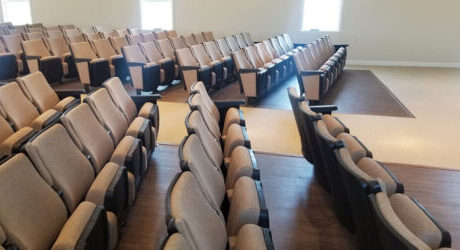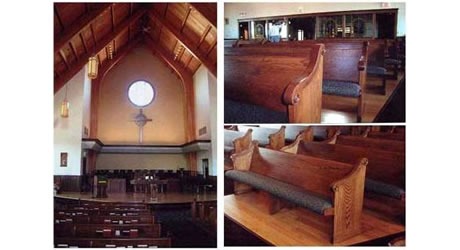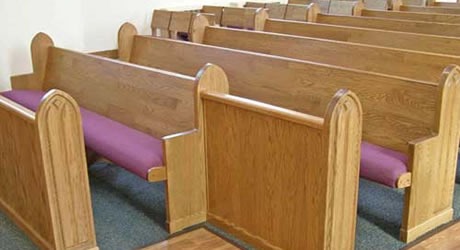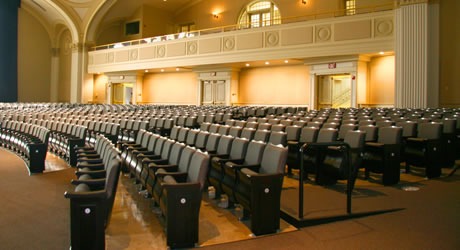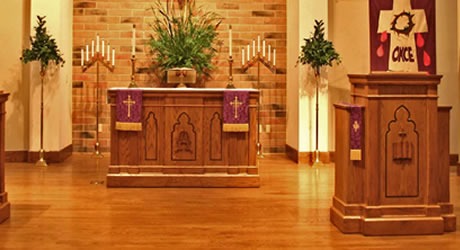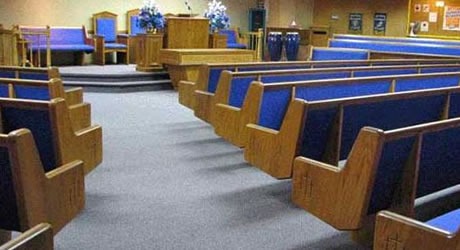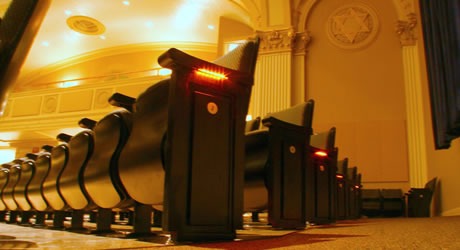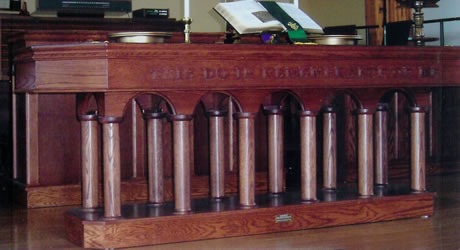Sitting with Serenity: The Art of Church Worship Seating Design
Church worship seating design plays a significant role in creating an atmosphere of serenity, comfort, and engagement during worship services. Thoughtfully designed seating enhances the worship experience, promotes congregation participation, and fosters a sense of reverence. This guide explores the key principles and considerations in crafting church worship seating that facilitates serenity and spiritual connection.



